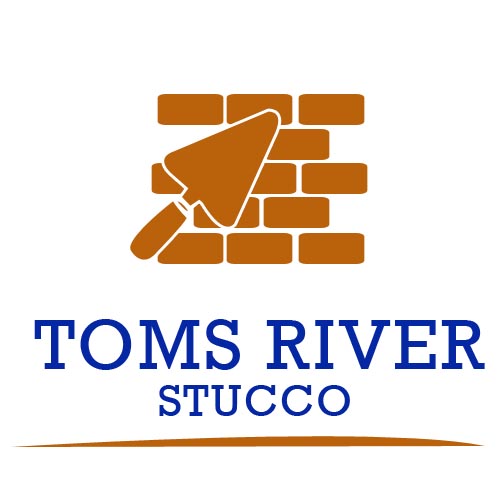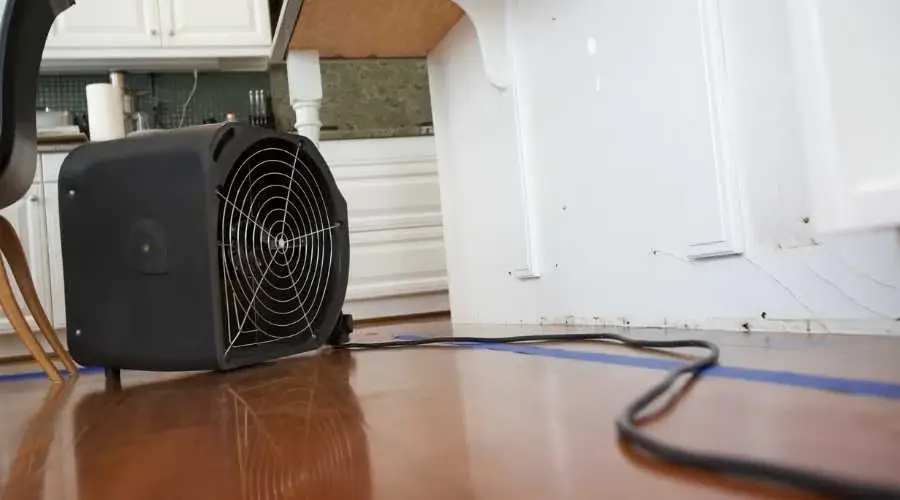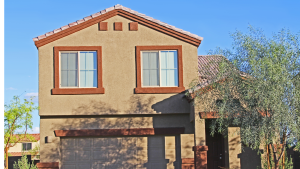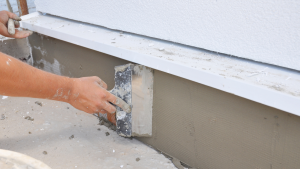Nobody enjoys discovering water damage inside their walls. But that is exactly what owners of stucco homes constructed between the 2000s and the mid-2010s are confronting. Improperly designed stucco systems may cause considerable and costly water damage.
When water seeps into your walls, it may create health concerns and compromise your house’s structural integrity. Remembering this, it’s vital to identify whether water has been trapped in your walls. If there is water in your walls, you should immediately call a stucco remediation professional.
The sooner your damaged residence is fixed, the better. Water damage deteriorates over time, raising repair costs.
There are seven key indications to determine if your stucco is water damaged. Water damage to stucco may cause cracking, discoloration, moss growth, mold growth, crumbling, softening, and bubbling.
1. Crack Formation
Water damage is not frequently detected by cracks in your stucco. They couldn’t even be an indicator of an injury. Your stucco may crack due to many factors, including lowering your property’s foundation.
Of course, this does not mean any cracks in your stucco should be disregarded. This was the case if it hadn’t been included on this list. If you detect cracks, look for other signs of water damage.
Hairline fractures may indicate an injury. If no more clues are revealed, you may be allowed to leave the cracks alone or patch them up. More extensive fractures provide the most difficulties. They might be the result of trapped moisture expanding and compressing your stucco.
It should be fixed even if a giant crack is identified with no additional signs of water damage. Although the crash was not caused by water, it did enable water to infiltrate your walls and cause damage.
2. Staining
Staining indicates that moisture is causing damage to your walls. Dirty-looking streaks, for example, may appear where water runs, such as from the corners of your windows. The issue here might be improperly placed or missing flashing.
Along with streaks, you may see black areas. These discolored areas might be the result of moisture trapped inside the wall. Painting over them will not address the underlying issue causing the discoloration.
The discolored areas of your stucco walls may seem moist. This is fine if it’s soon after a thunderstorm. However, if the moist areas remain, it might indicate a concern. Look for dark spots around cracks since water may infiltrate the wall here.
3. Moss Growth
Moss growth isn’t necessarily an indicator that water has been trapped within your walls and is causing damage. It is, however, an indicator that water is not being appropriately directed away from your walls. Furthermore, if water is not properly executed away from your walls, it may cause damage over time.
Moss is often formed when water rushes down walls and at the base of structures. Water pouring down your walls might be due to a problem with your flashing or gutters. Moss growth at the base of your walls may also suggest a need for more clearance between the wall’s base and the ground.
Moss growing on your stucco – or any exterior material – is a sure sign that something needs to be fixed.
4. Mold Growth
Unlike most growth, mold growth is usually a symptom of water trapped within your walls. Mold thrives in dark, damp settings like inner walls that accumulate moisture. Mold might be to blame for the black areas on your stucco. And if there’s mold on the outside of your walls, there’s probably more on the inside.
Mold is potentially hazardous for two reasons. To begin with, it may be damaging to your health. Mold in your walls might endanger the people who reside in your home. Second, it shows that the wood in your walls is rotting. As the beams deteriorate, your walls become less structurally sound.
5. Surface Crumbling
If your stucco is broken, the surface should be visible. However, although surface damage often suggests underlying degeneration, it is not always the consequence of water. Nonetheless, it is a warning sign that a problem inside your bounds must be handled.
As the surface of your walls deteriorates, they become more prone to damage. More layers peel away as the harm worsens. The hazard grows as more layers are removed. It’s a never-ending cycle of home destruction.
You may determine if the cracking is caused by water damage if the freshly exposed layers are soft or moist to the touch.
Another problem with surface cracking is that it implies that your property has fewer layers of water protection. Because stucco is porous, water will travel through it. Efficiently be expelled from the walls.
6. Soft Spots
Soft spots on your stucco are frequently connected with further signs of water damage. If your walls contain mold or moss, there will almost likely be mushy areas. If you notice stains, they are most likely on a soft surface.
However, if you see cracks or other damage that isn’t necessarily caused by water, you should feel around the region for soft patches. If you find them, you’ve most likely found your culprit.
7. Surface Bubbling
Water damage is typically accompanied by bubbling and soft spots, and cracking. When moisture enters under or between the layers of your stucco and heats up, this is what happens. Typically, bubbling may be seen around the bottom of walls where water collects.
Toms River Stucco Remediation
Please call Toms River Stucco if you see any evidence of water damage on your stucco property. We’ll evaluate your walls before advising you on future measures.




